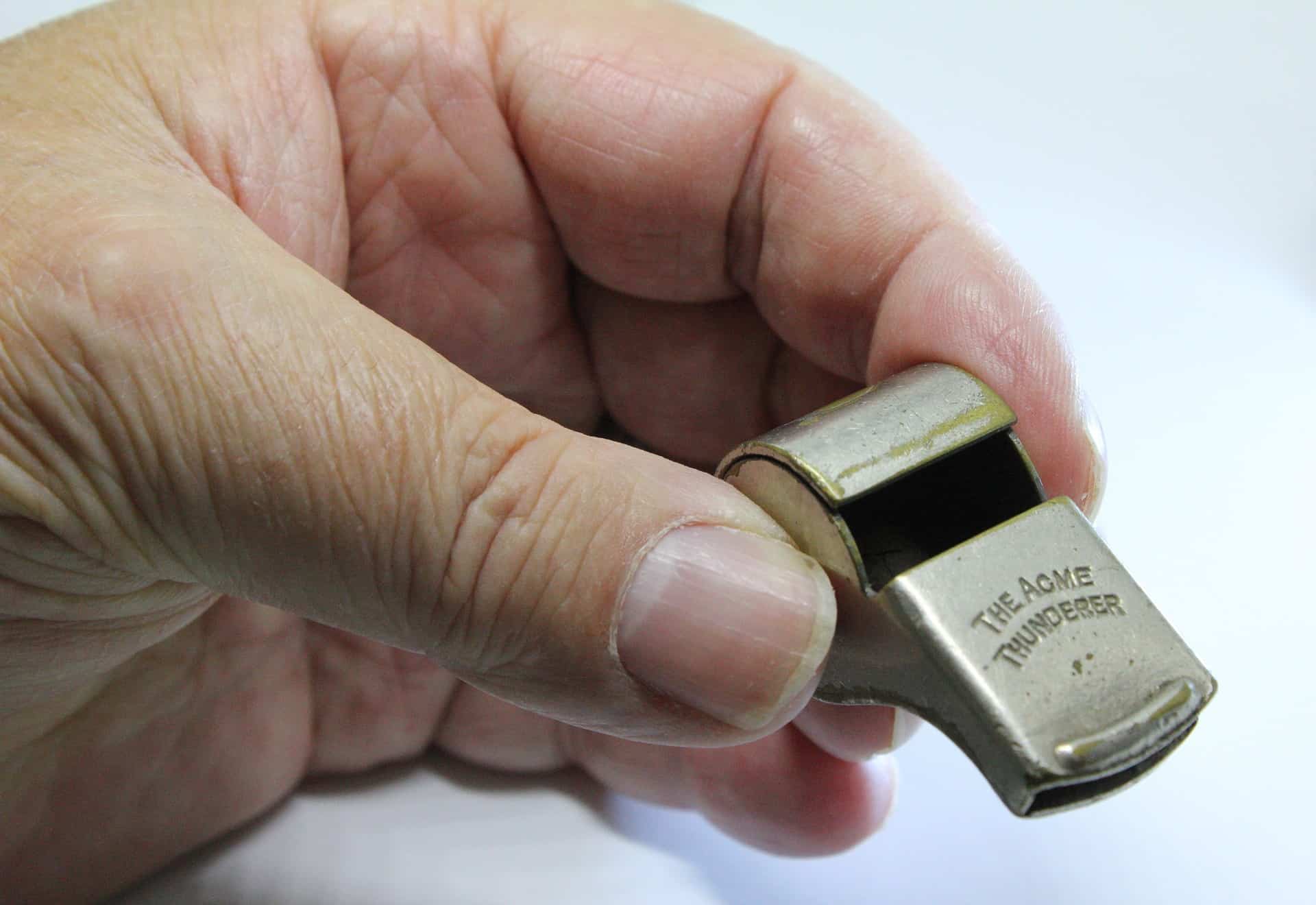Employment status – is a lapdancer an employee?
No, says the Court of Appeal in Stringfellow Restaurants Ltd v Quashie.
Ms Quashie was a lap-dancer at Stringfellows. She claimed that she had been unfairly dismissed. The preliminary issue in this case was whether Ms Quashie was an employee of Stringfellows or self-employed.
The EAT held that Ms Quashie was an employee and that there was a contract on the nights that she danced at Stringfellows because she was required to provide her work personally and the club was obliged to provide her with work. HHJ McMullen QC also found that Stringfellows had a degree of control over her because she was subject to the disciplinary regime of fines.
The Court of Appeal overturned the decision of the EAT and held that Ms Quashie was not an employee.
Whilst Ms Quashie worked under a contract, and there were mutual obligations of some kind in place when she was actually working, Elias LJ found that she had not been engaged under a contract of employment. This was because the manner in which Ms Quashie had been paid made it clear that Stringfellows had been under no obligation to pay her anything at all. The principle evidence for the conclusion was that Ms Quashie negotiated her own fees with clients and took the economic risk of being out of pocket on a particular night.
Elias LJ concluded by saying “It would, I think, be an unusual case where a contract of service is found to exist when the worker takes the economic risk and is paid exclusively by third parties.”
For further information on any employment law matter or if you have a specific query, please contact our employment lawyers based in Canary Wharf and the City of London on 020 7956 8699 or info@rllaw.co.uk.



